It has been exactly a month since the conclusion of the biggest event of the LoL Esports calendar. On the 19th of October this year, Samsung White achieved the highest accolade: the World Championship. In their home country, to a crowd of 40,000 no less, in the Seoul World Cup stadium. While their opponents Starhorn Royal Club were not fancied to take the title due to their opponents’ overwhelming strength leading up to the finals, there was still a sense of intrigue as SHRC was a curious case of two Korean players moving to another region to play competitively. Somehow, they had reached the finals seemingly through communicating via smart pings in game. Korean pros looked on in wonder and envy as their compatriots took to the World finals with their heads held up high, regardless of the results. However, there was the matter of the event itself being held a full seven days after the semi-finals. Within Korea, there were already rumours that Korean players were set to follow in inSec and Zero’s footsteps and join Chinese organisations, funded mainly by billionaires who were all too ready to have the best players play for them.
Even though Samsung White would take out Royal 3-1, the situation had become very awkward for KeSPA organisations, including Samsung. Their players were clamouring for larger salaries even in the midst of the World Championship. For them, the title was already an afterthought. Joyous as the occasion was of being World champions, the Samsung players felt that they should be remunerated for far more since they had won (for SSW) and made it to the semi-finals (for Samsung Blue). They could not come to an agreement, however, and a month later it was reported officially by Inven that all 10 Samsung players, and their substitute players, had left the organisation and joined other teams. Already before that, KaKAO and Rookie from KT Rolster A had announced their departure from Korea, for pastures new. This was the first huge news and also the one that had organisations really sweating. Not only did their star players leave, the other KT squad was in a miserable state and was in no shape to compete for top honours.
Had China not decided to flex its financial muscle, the Korean players would probably still be competing in their native region, for far less than what they would be getting now with their new teams. Indeed, Korean esports teams has had a history of underpaying players because of their young age and eagerness to be pros, which gave the organisations leverage when it came to salaries. Before the changes implemented by Riot Korea and KeSPA, players had no minimum salary and their contracts were under full power of the organisations. “I can pick a random Challenger player from solo queue to replace you if you’re not doing well! Why should I be paying you more than peanuts?” was apparently the credo of a majority of KeSPA organisations. A cut-throat apporach to roster swapping was also a large part of why Koreans were so dominant in the past three seasons since they emerged on the scene. Jobs were far from secure as a result.
It is perhaps then, a blessing that we are now seeing far better conditions for pro players in Korea thanks to the LoL boom that China is experiencing right now. Even their second-tier league LSPL can be said to be far more competitive than any other Challenger scene out there. Of course, there is no shortage of talent in a country of more than 1.3 billion people, and more and more big sponsors are entering the scene. But as we’ve seen in Season 4, not all Korean imports are guaranteed to find success in China or other regions. In fact, there have probably been more flops than successes; World Elite and Invictus Gaming were the biggest examples of this. The likes of Yongsoo, Ninja and Old B, considered 2nd-3rd tier Koreans, could not be said to have done well in their respective clubs at all. That they all failed to show up at Worlds is the biggest indicator, but they did not show good results regionally either. The now ex-coach of World Elite, Hiro, was widely criticised by their fans for these acquisitions, bad results and tainting of World Elite’s historical ‘nationalism’. However, the policy of having Korean players in the team does not appear to have changed, though we still have to wait for the end of the transfer window in China to see if Old B and Ninja remain, now that their coach is gone.. Even in Royal Club, Uzi was said to have gotten into a physical altercation with inSec prior to Worlds, mainly over the disproportionate wages that the Koreans in the team were getting compared to their own. It is difficult to tell whether the Koreans will be accepted at all in their new teams by fans or by their teammates coming into Season 5, but things don’t look rosy from a cultural point of view.
EDG is another example of a Chinese team who acquired a Korean player in Deft, even though they had announced beforehand that they would not be bringing in any Koreans. Chances are that they changed their minds after seeing NaMei’s disappointing performances in post-Worlds tournaments, although this is just conjecture and should not be taken for fact. Their second team EDG.Future also has two Koreans in the team in BaeMe (a CJ Blaze sub who never quite made it to the big leagues in Korea) and Muse, also known as kkinsh and now as Move. His biggest accomplishment was probably making it onto the Flower 5 squad in an OGN showmatch. Many players who failed to make it in Korea have also settled down in China, such as Clown, also known as Riris, Lira from CJ Frost, and Khan, just to name a few examples. There are others who have joined and then left teams in China; the turnover rate for Chinese teams can sometimes be even higher than the cut-throat Korean competitive scene’s. While Korean players tend to forge camaraderie with their teammates over the course of living and playing together, it can be difficult for them to adapt to a new environment where they may not speak the language (as is the case for a majority of players).
Are Koreans players really so inherently superior that they are in such high demand, regardless of whether they had been on a top team or not or had had accolades to their name? The Samsung players do have star power, that is for certain. They had every right to call themselves the best in the world, and streaming websites are also gaining steam in a still-developing market, ripe for profits from fans hungry to see their favourite players stream. No doubt, these Samsung players would easily garner at least 100k viewers, if not even more. Ride their 15 minutes of fame and retire with a bundle of money. There really aren’t too many reasons to not leave, even though conditions have improved for pro players in Korea with the new rulings to be put in place for the 2015 season.
A notable exception to this exodus is the legend himself, Faker. That said, his situation is considerably different from the others. Already being marketed as the best player to have ever played the game, his organisation SKT T1 also pays their players competitive salaries and Faker himself has also appeared in various commercials in Korea. The revenue for such a highly-rated player may even dwarf the amount of money that the Samsung players will be getting in China. There is hope yet for Korea; thanks to their existing policies SKT T1 are yet to see the sort of exodus that has forced Samsung into completely revamping their roster. The new one-team rule in Champions will be an intriguing problem for the KeSPA teams to solve as well, amidst the mass migration of Koreans, many of whom found it too difficult to compete at the highest level. Will new talent once again rise to the top for Korea to maintain its dominance, or will China finally eclipse Korea as the #1 region? The prospects of a new Korean LCS-style league and the opening up of additional slots in LPL, as well as seeing top Korean players featuring on Chinese teams are indeed tantalisating prospects for the hardcore LoL esports fans to salivate over, and is it any wonder that most of us have already forgotten about S4 Worlds, even while the finals were yet to be held? In years from now, we will see S4 as a foreshadowing of events to come which will shake Korean esports to its very foundations.


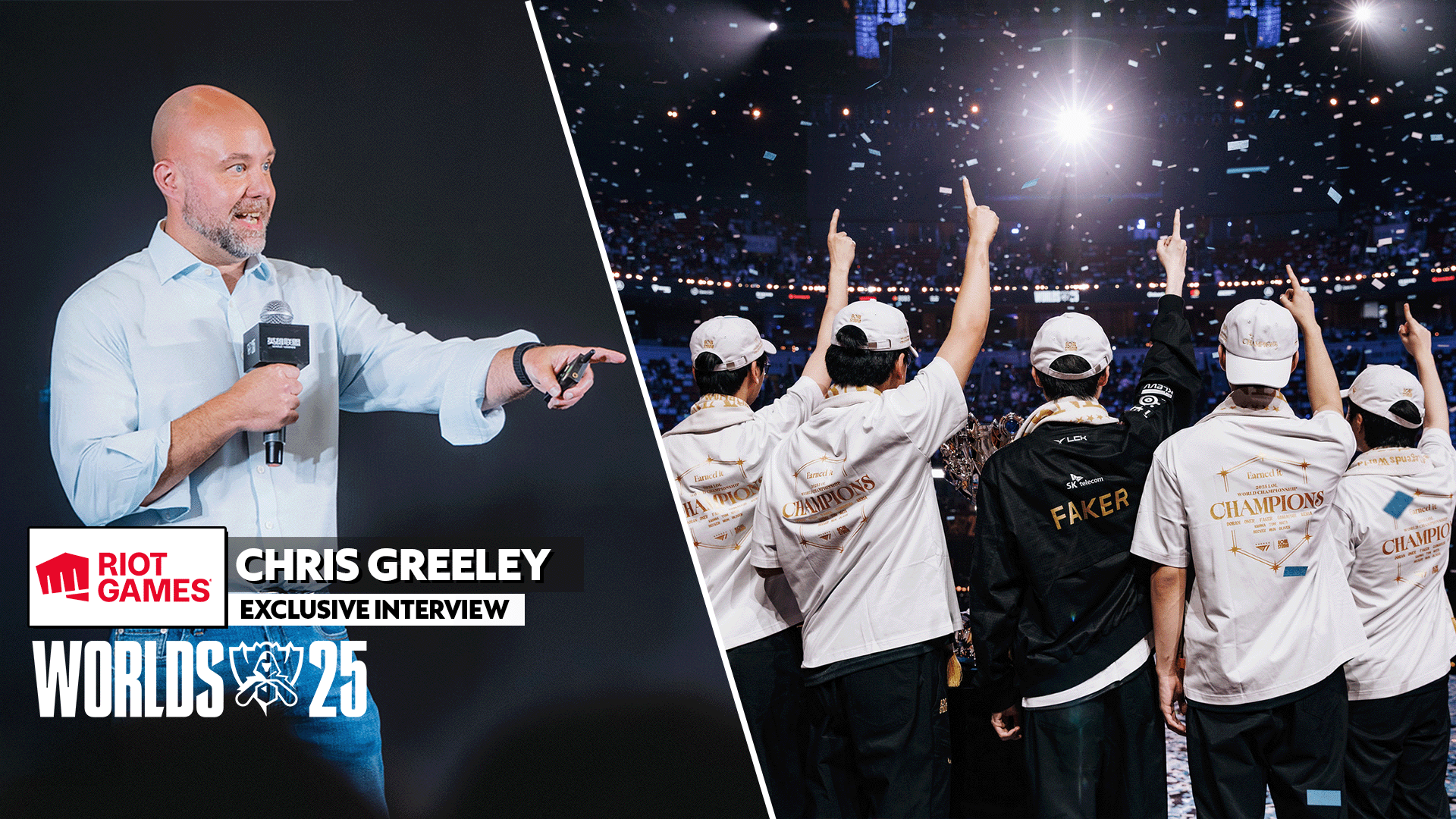
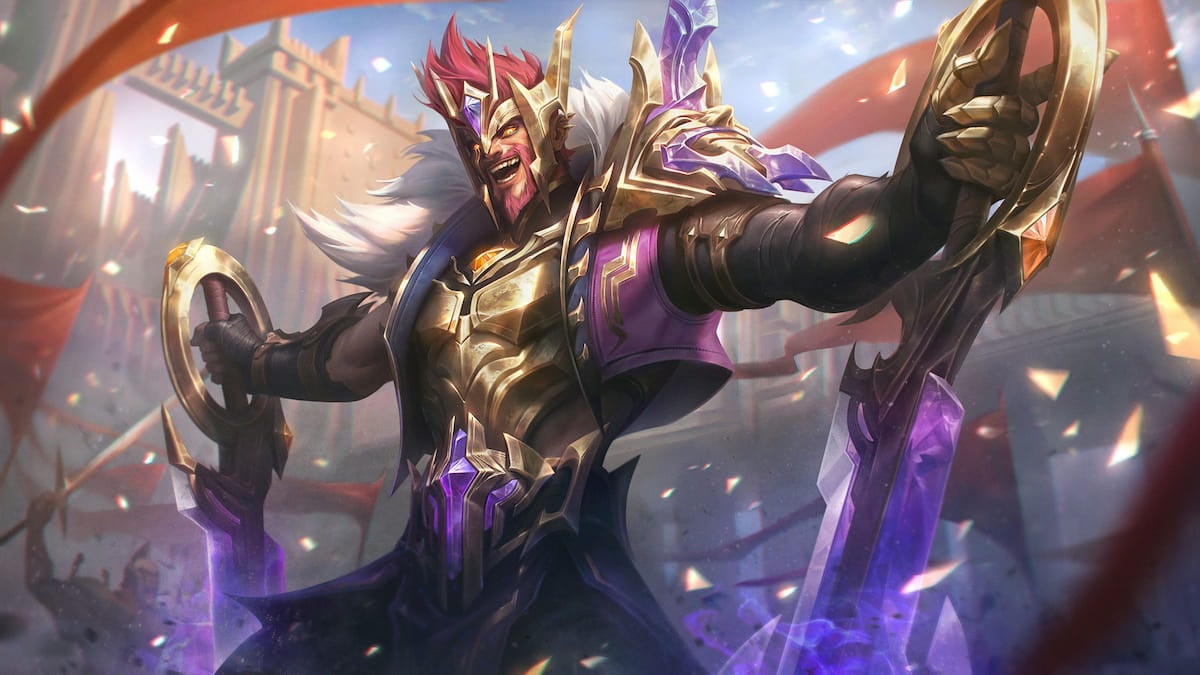
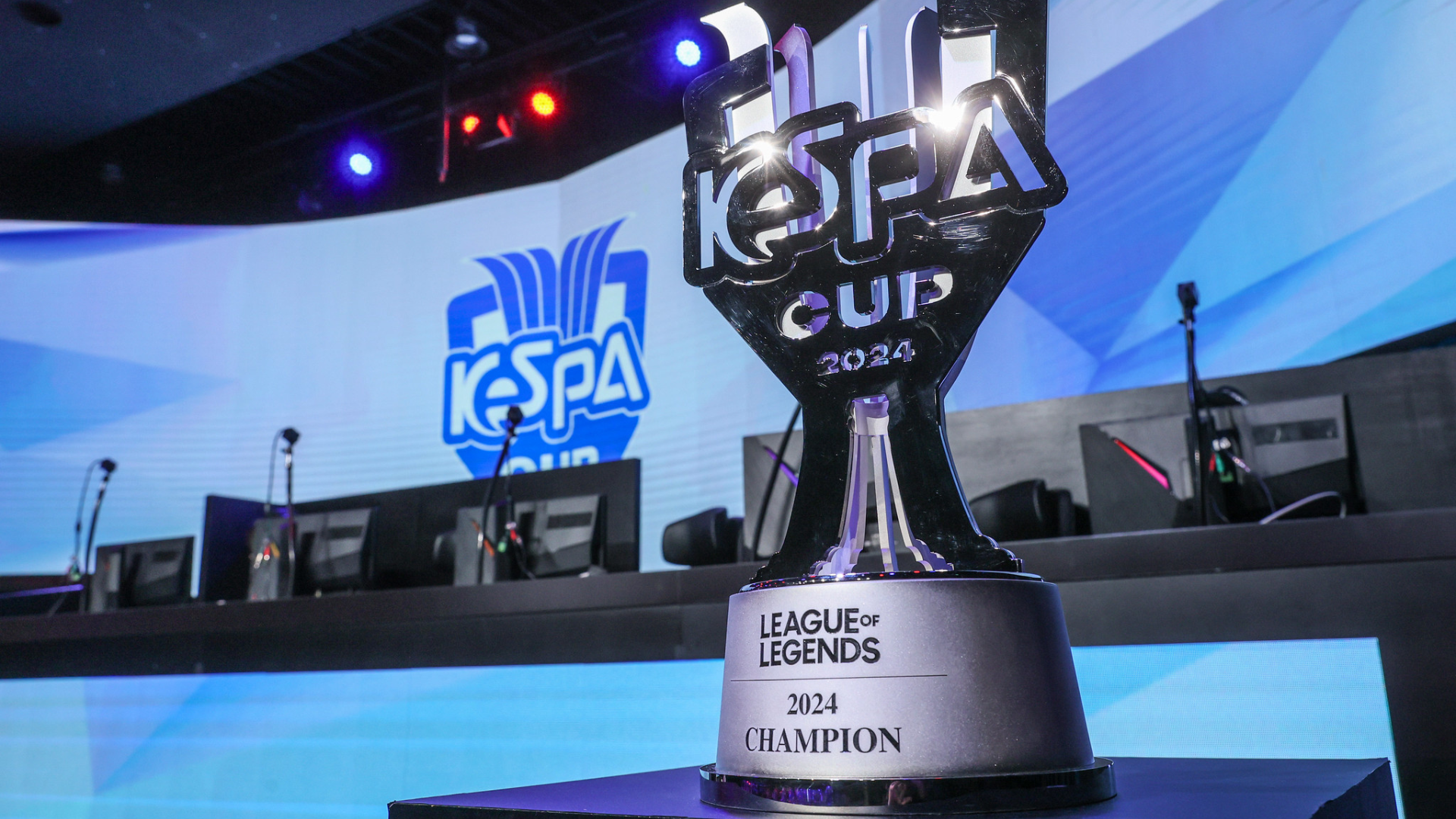
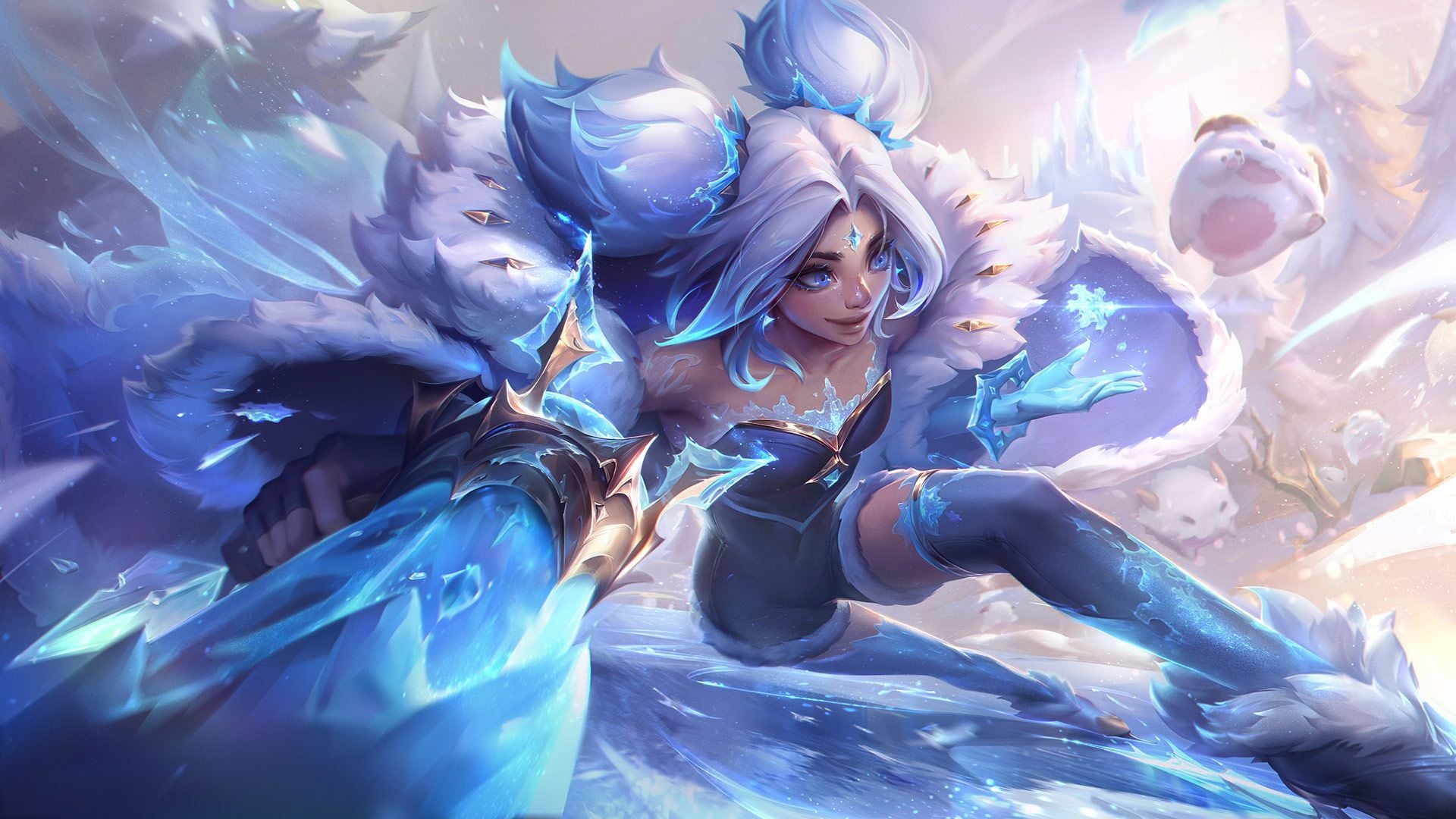


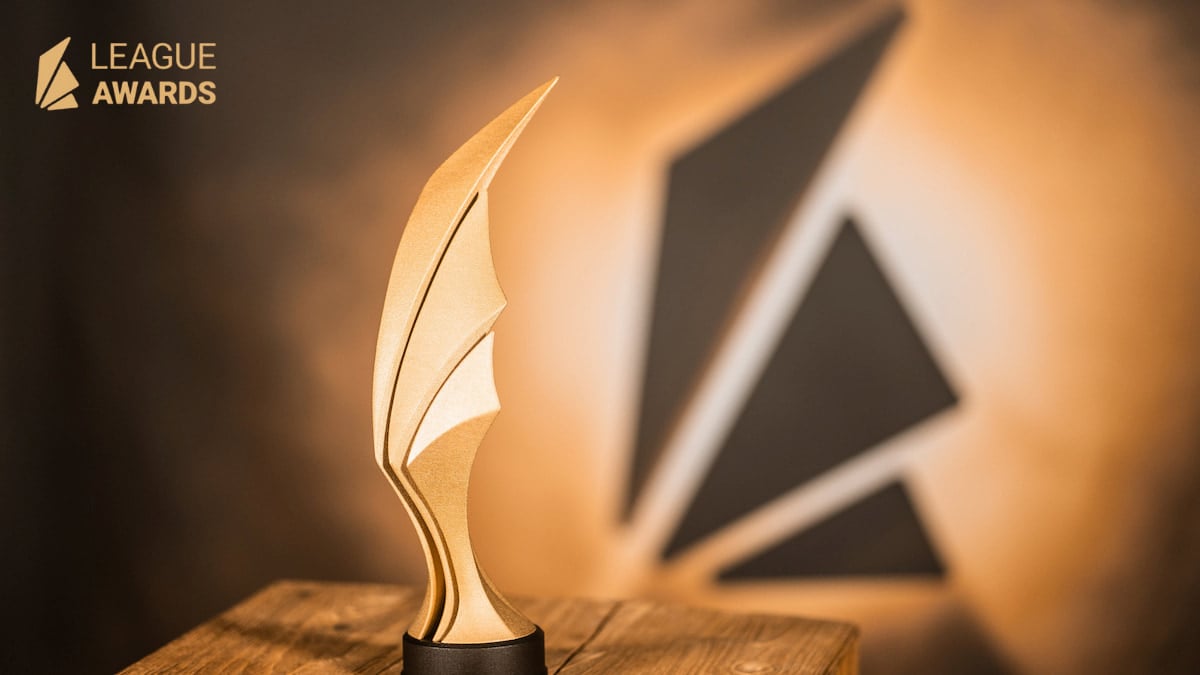
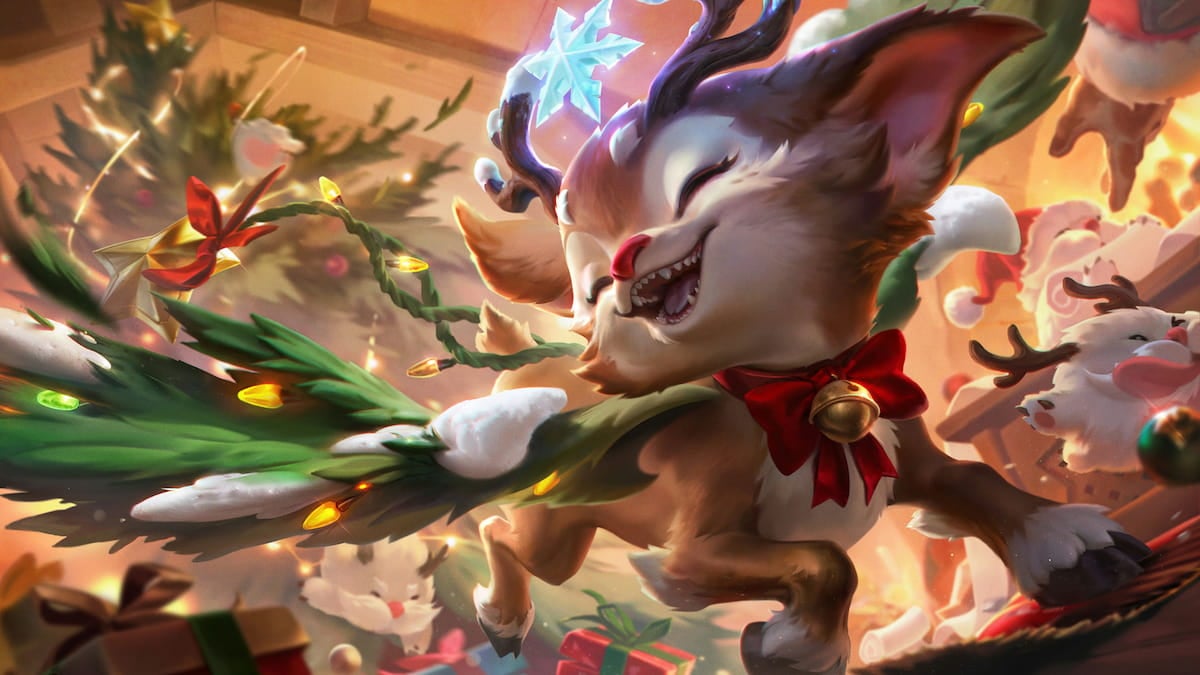
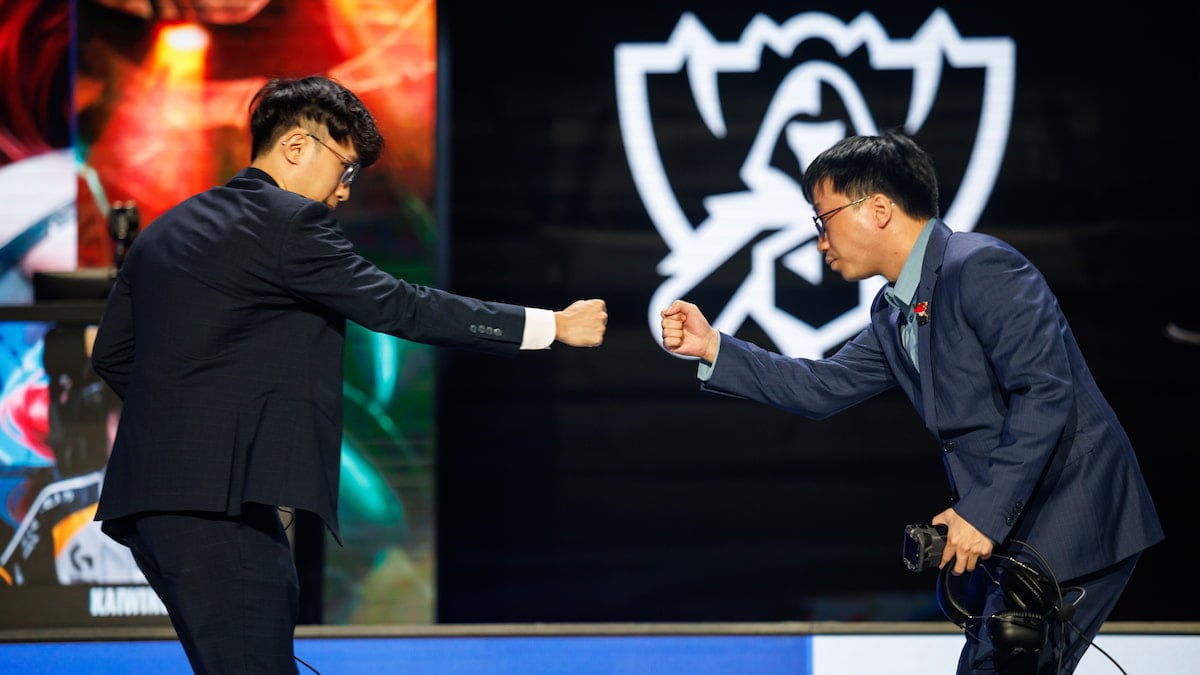
Published: Nov 20, 2014 11:24 pm